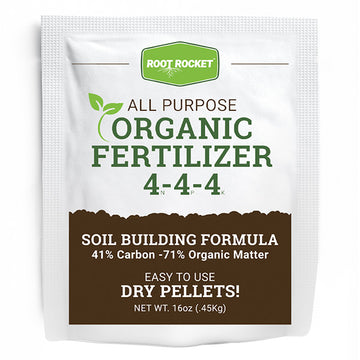Perennials are beautiful and reliable plants that come back year after year. Perennial plants differ from shrubs in that they rarely have woody growth. This is where the term herbaceous perennials comes from. Perennials add color, texture, and beauty to our yards. There is a wide variety of these plants to choose from, different colors, textures, sizes, and appearances. There is a perennial for everyone! From full sun perennials like phlox, lavender, dianthus, and daylilies to shade lovers like hosta and coral bells (heuchera), we’ve got you covered. These plants can be used in gardens, mixed beds, borders, mass plantings and more. Read on to learn how to plant perennials.
How to Plant Perennials
When To Plant Perennials
The best times of the year to plant perennials is spring or fall. Summer planting is fine in areas with mild summers. Gardeners in subtropical climates like California and Florida can plant in winter, but should avoid planting in summer. Gardeners in cooler climates should plant at least 6 to 8 weeks prior to the ground freezing to give the plants some time to establish before winter.
How to Plant Perennials
1. Choose a site that matches the recommendations for your perennial plant as far as sun, moisture, and soil. We have all of this information on each product page to make things easier for our customers!
Be sure that the root ball of your new potted plant is thoroughly saturated by watering right before planting.
Place your perennial into the hole and check to make sure that the top of the root ball is slightly higher than the soil line.
Feed your plant with PlantingTree Slow Release Fertilizer. It feeds plants for up to 6 months and never causes fertilizer burn so it is safe to use at the time of planting. You can mix it in with the top layer of soil or just put the granules over top of the soil.
Pro Tips to Plant Perennials
• Mulch is a great addition, especially for perennial plants that prefer moist soil. A one to two inch layer of mulch helps protect the roots of your plant, keeps the soil moist longer reducing watering needs, and keeps weeds that compete for water and nutrients away.
• Water perennials deeply every day for the first week. For the next month or two while it is establishing, water deeply about twice weekly to ensure proper establishment and health.
Now that you know how to plant perennials, check out our Perennials for sale and get started on your stunning perennial garden that makes your landscape shine year after year!
You May Also Like:

